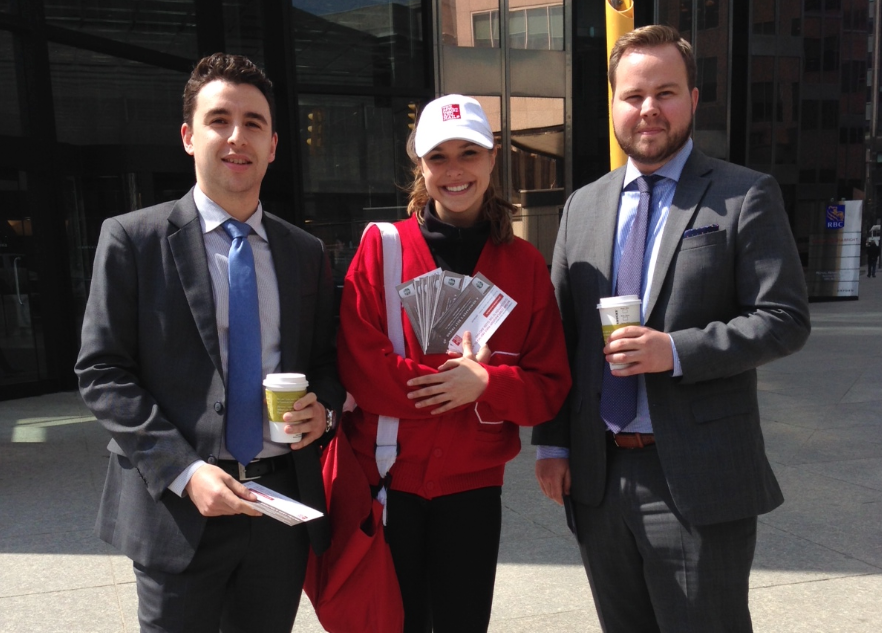Eradicating Barriers to Consumer Trust Through Experiential Marketing

There is a crisis of trust in both online and traditional advertising media. Consider an exhaustive study of consumer trust in advertising carried out earlier this year. That study, which involved a sample size of approximately 1,000 people -- and made use of workshops and in-person interviews -- revealed some rather stark facts about the present state of trust in advertising.
For example, 69% of consumers are wary of believing the advertisements they see and hear, making it difficult for brands to inexpensively capture new consumers.
Further, the study made this discovery: that 58% of adult consumers won’t put their trust in a brand until there is hard proof that its product and service claims are legitimate.
Thus, it’s clear that across the advertising landscape, there is the looming possibility that unless brands pivot and adopt new marketing methods, media, and philosophies, consumer trust will only continue degrading.
What kind of marketing do consumers trust the most? Finding the answer to this question can help brands re-frame their marketing approach for maximum effectiveness. And fortunately, the answer to this question is already known.
“The most credible advertising comes straight from the people we know and trust,” says a report released by Nielsen, a data collection and analysis firm.
This, of course, makes perfect sense. We are far more likely to trust the product recommendation of a close friend than the recommendation of a stranger. And, ultimately, all brands are strangers to consumers until loyalty has been earned.
Since the most effective marketing comes “straight from people we know and trust,” this means that word of mouth marketing (WOM) is an extremely potent driver of sales and new. customer acquisitions for brands.
And one of the most reliable ways to spark WOM?
Experiential marketing.
While consumers have a general distrust of a brand’s claims, experiential marketing (through live brand experiences) eradicate these barriers to trust by the very fact that this kind of marketing is experiential in nature.
For example, as noted above, well over 50% of adult consumers need real evidence for the veracity of a brand’s claims before trusting that brand. Experiential marketing establishes this hard evidence by way of first-hand experience. When consumers experience for themselves the truth of a brand’s claims, they are quick to give their loyalty (and money) to that brand.
And since experiential marketing generates incredible WOM, it can very powerfully lift consumer trust. So, in a time when consumer trust in advertising and marketing is low, brands which can demonstrate the accuracy of their claims will increasingly benefit from centering their branding strategies around experiential marketing.







